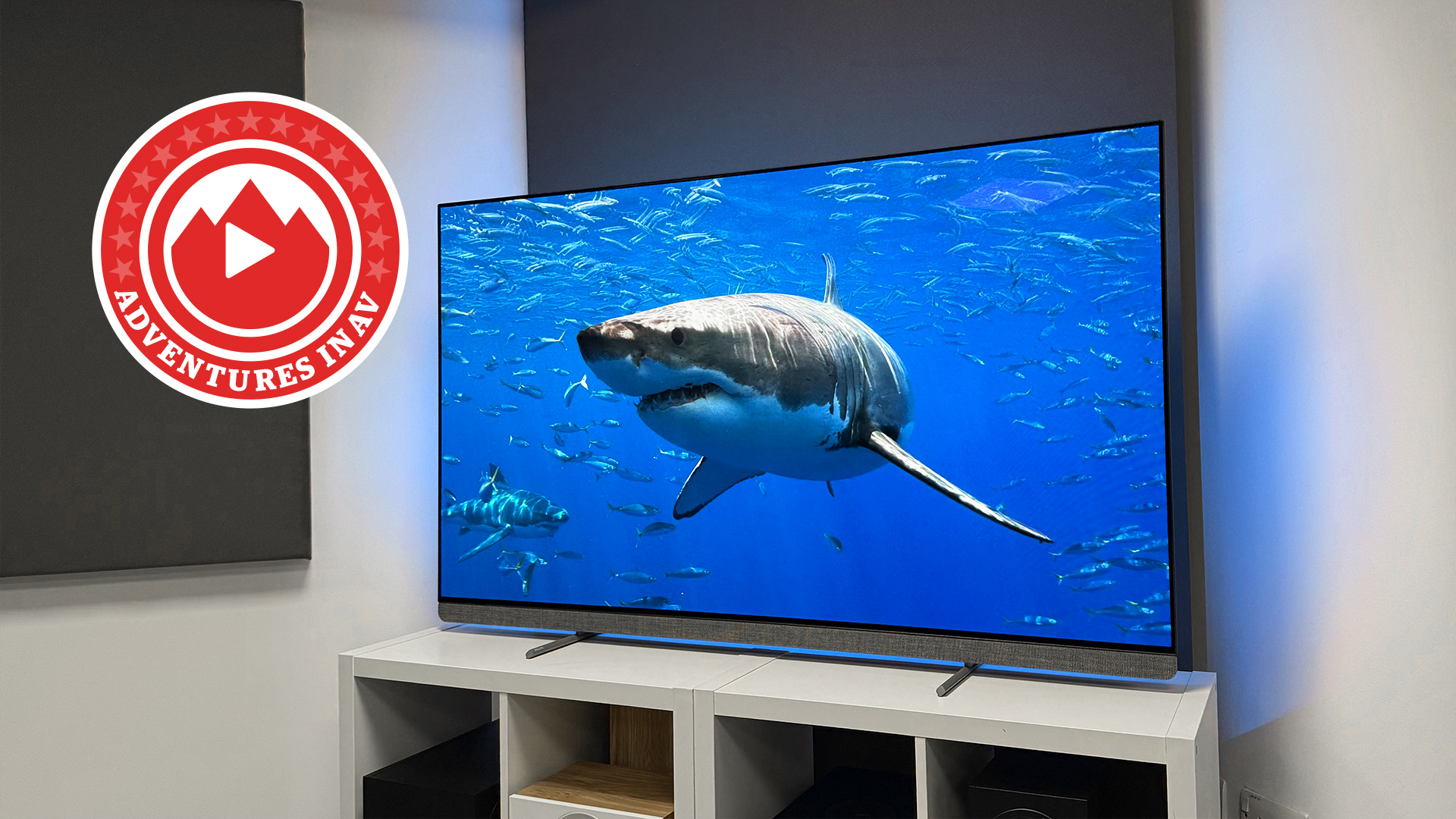That Was Then... Sonus Faber Extrema
We step back to 1991 with these classic Italian standmounters

Launched back in 1991, Sonus Faber’s original Extrema were seen as the culmination of everything the Italian manufacturer had learnt in its first decade. Up to that point, the brand had carved out a useful niche at premium price levels, with a limited range of compact standmounters that were lauded as much for their immaculately crafted cabinets as their artfully judged sound.
The Extrema marked its first assault on the very top end of the speaker market and, as the name implies, the engineering team didn’t hold back. At £6000 ($12,500), they were up there with some of the priciest speakers available, but with hindsight, that price doesn’t seem unduly excessive – certainly not when considering the ambitious engineering, exceptional build quality and brilliant performance.
From the front, they look like mid-sized standmounters, measuring 46cm tall and 27cm wide, but move to the side and you'll see their depth is almost comically out of proportion at a huge 55cm. Account for the thickness of the chunky cabinet walls and that gives a useful, though not huge, internal volume of 20 litres. The whole lot weighs in at a hernia-inducing 40kg.
This is far from a conventional wooden cabinet design, too. The satin black central section comprises seven separate sections bolted together to form a highly rigid, low-resonance structure. You’ll find a heavily sculptured, 32mm-thick slab of solid walnut on each side, adding further rigidity and damping as well as an extra dose of visual drama. The combination of curves, angles and colours gives these Sonus Fabers a look unlike any other; you certainly cannot mistake them for anything else.
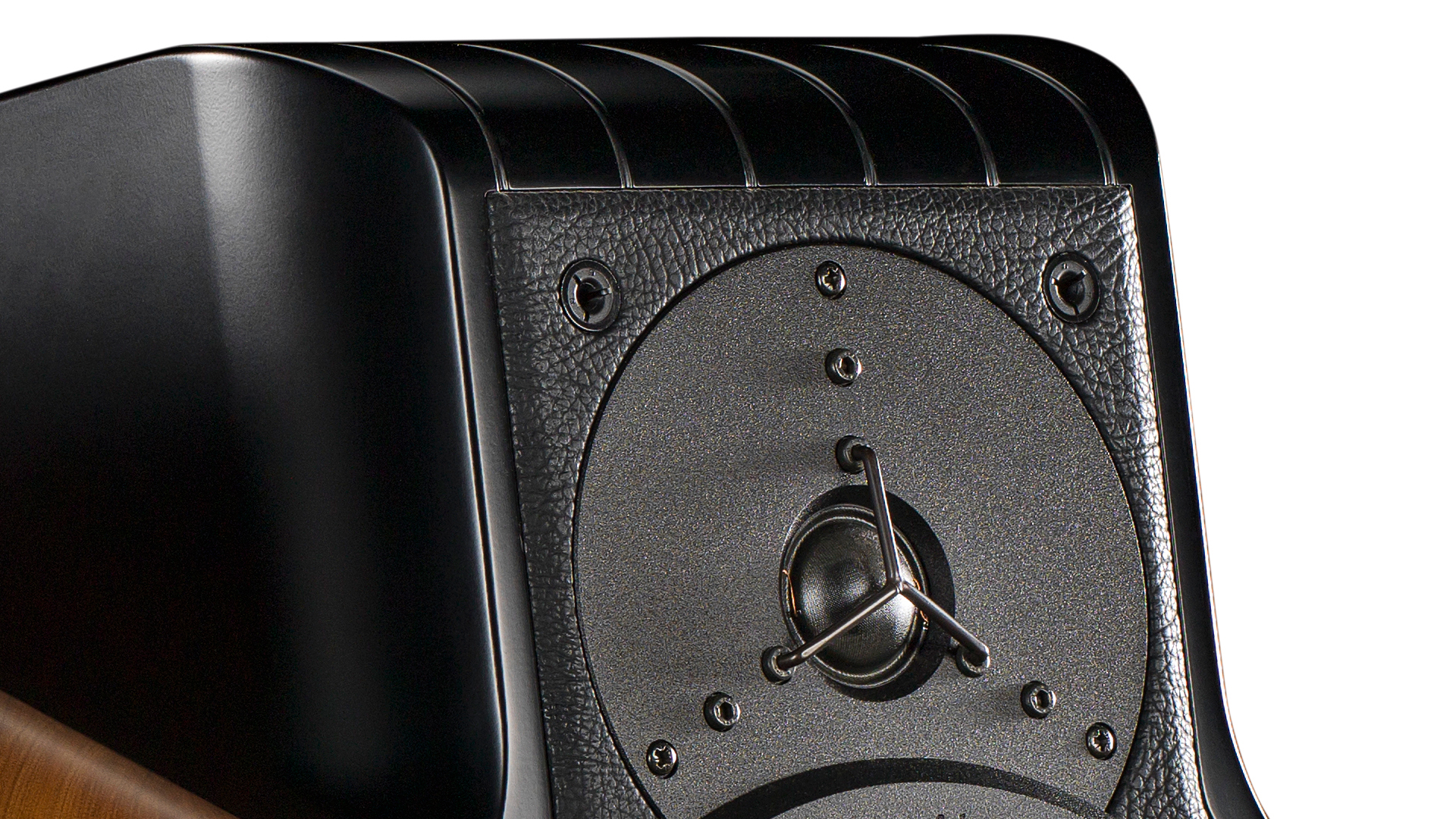
Arguably, the drive units are just as special as the box. The tweeter is Dynaudio’s Esotar 330T/SF: a 28mm soft dome that was rightly regarded as one of the best around at the time. It is mated to a 19cm Audio Technology mid/bass unit, which uses a magnesium oxide-loaded polypropylene cone, coated with carbonium-acrylate for extra damping and resonance control.
Take the mid/bass unit out of the cabinet and you’ll see that the magnet on the back is huge. It’s about the size of the cone, suggesting that there’s plenty of magnetic drive but also that no corners have been cut.
It’s an impression that's solidified with the use of a large 75mm voice coil and contemporary looking open chassis design. Overall, it’s clear that this is a proper no-compromise design. It’s a highly robust one, too, if the company's claim that the Extrema will accept 2kW in short bursts without damage is true.
The latest hi-fi, home cinema and tech news, reviews, buying advice and deals, direct to your inbox.
Look around the back of the enclosure and you’ll find a thick metal plate standing proud of the rear panel. Peek through the gap between the plate and panel and you’ll spy what looks like an oval-shaped drive unit but is, in fact, a passive radiator, designed to augment the speaker’s low-frequency output, centred on 35Hz.
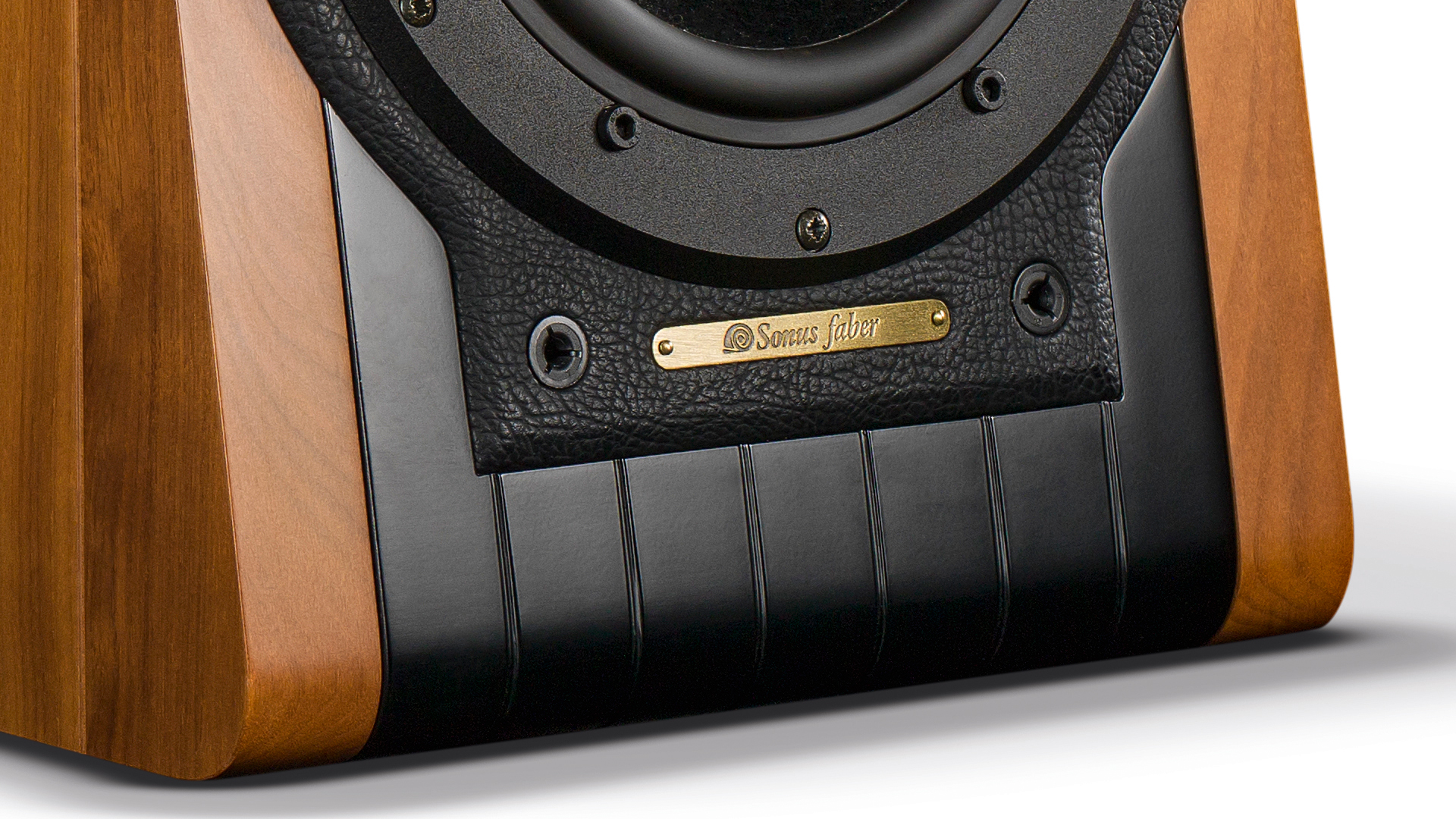
Early Extrema models used KEF’s long-running B139 ‘race track driver’ for the job, but later production models (from mid-1992 onwards) switched to the similar TDL 3021GT03 when the B139 went out of production.
A passive radiator and reflex port often work in much the same way. Ports tend to be far more common, simply because a tube (usually a plastic moulding) costs less than what is essentially another drive unit. The radiator in the Extrema is a little unusual because its output can be adjusted via a five-way rotary control on the back panel, allowing the speaker's bass to be fine-tuned for their place in the listening room. The adjustment is subtle enough to be useful and allows us to dial in performance really well.
Next to the radiator’s control is a small heatsink. Why does a passive set of speakers need a heatsink? The Extrema has a kind of crossover design we’ve never come across before. While its use of a gentle first-order filter is relatively uncommon, it’s the lack of capacitors that provides the real talking point here.
Sonus Faber’s engineers wanted to avoid these components to improve clarity and transparency, and so, instead, they ended up using an inductor in parallel with the tweeter rather than the usual capacitor in series. For everything to work properly, a resistor is required in the circuit too, but it needs the heatsink to cope with the power demands. We never felt the heatsink getting hot during use, even with the speakers pushed hard.

Naturally, the performance of a standmounter depends strongly on the kind of support it gets, and Sonus Faber left nothing to chance by making its own dedicated 55cm-tall steel stands. Coated in textured black paint, they use no fewer than six chunky pillars filled with lead and sand. These stands are exceptionally heavy, immensely rigid and do their job brilliantly. Their price back in 1991 was commensurately substantial, at £799 ($1500).
The Extrema are beautifully made and ooze luxury in a way few speakers manage. Indeed, those who appreciate high-end furniture will find much to admire here. While the speakers' slightly oddball proportions may split opinion, there’s no denying the exquisite quality of workmanship here.
The adjustable passive radiator offers a certain amount of freedom, but we still prefer these speakers well out into the listening room and placed with a bit of angle to cross just behind the main listening position. This way, we get a wide and expansive soundstage coupled with a laser-precise sense of focus.
Any shoot-for-the-stars kind of speaker positively demands a top-class partnering system, and the fact that the Extrema were designed over three decades ago doesn’t change that. These remain immensely revealing and nuanced performers, so a lack of quality from your electronics won’t be hidden.
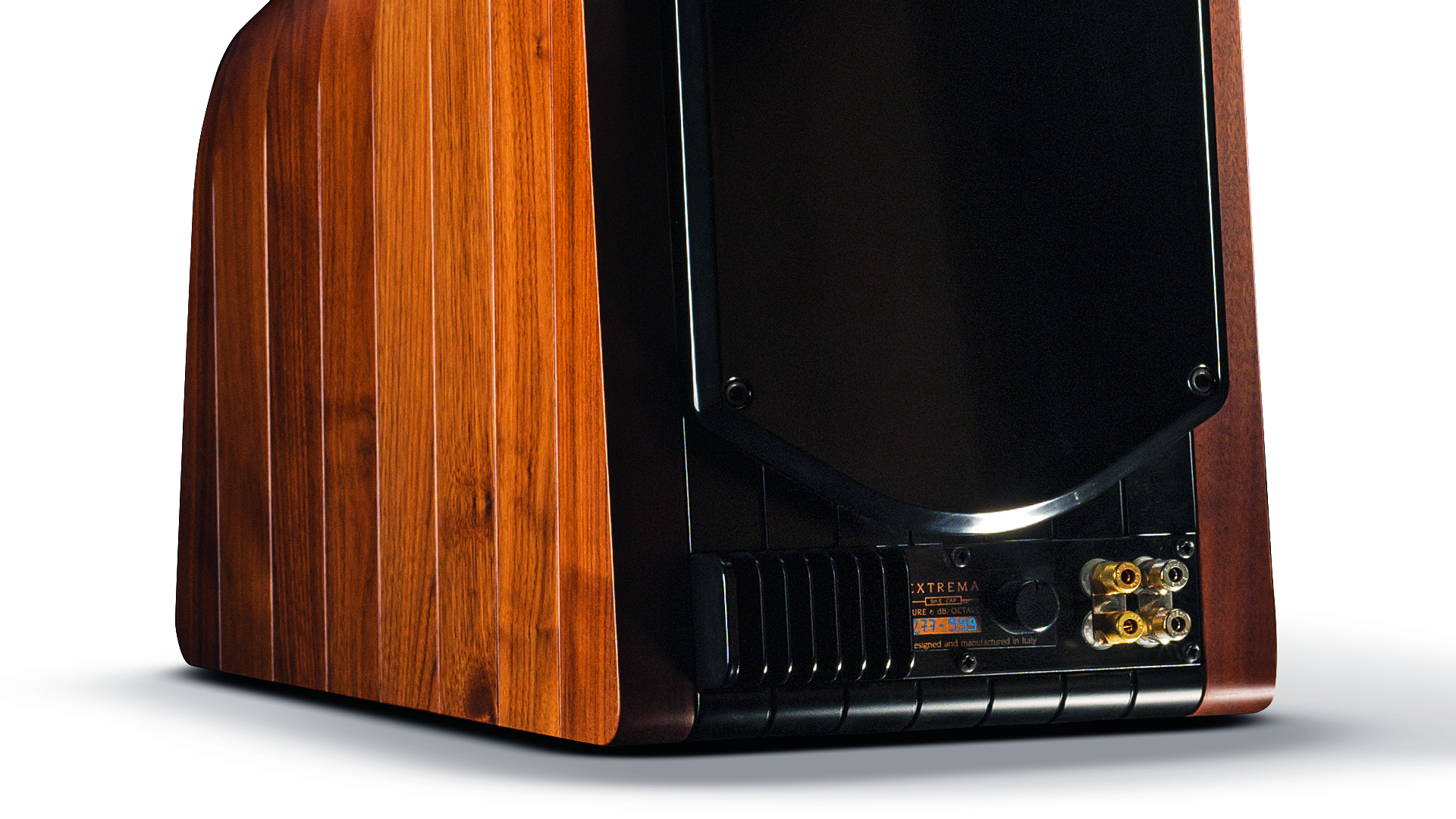
We'd avoid using bright or aggressive system electronics, as the Extrema's hugely capable tweeter and unusual crossover arrangement can combine to brutal effect, revealing flaws with glee.
Your amp will need a decent amount of grunt, too, if you’re going to make full use of the Extrema’s excellent dynamic abilities and loudness potential. Think of a healthy 100W-per-channel output as a good place to start, though we have no doubt there’s enough leeway for lower-powered combinations to work well. The rated sensitivity of 88dB/W/m and nominal 4ohm impedance isn’t unusually brutal.
Upon launch, the Extrema were considered exceptional performers and one of the best speakers money could buy. We can see why: given a state-of-the-art source such as Naim’s ND555/555PS DR music streamer and being driven by our current reference Burmester 088/911 Mk3 amp, these boxes still produce magnificent results.
They sound huge – so much bigger than their cabinet size suggests – and rarely do we come across standmounters that deliver such solidity and authority. Once the passive radiator is suitably dialled-in, we get taut and agile lows coupled to an impressive degree of muscularity.
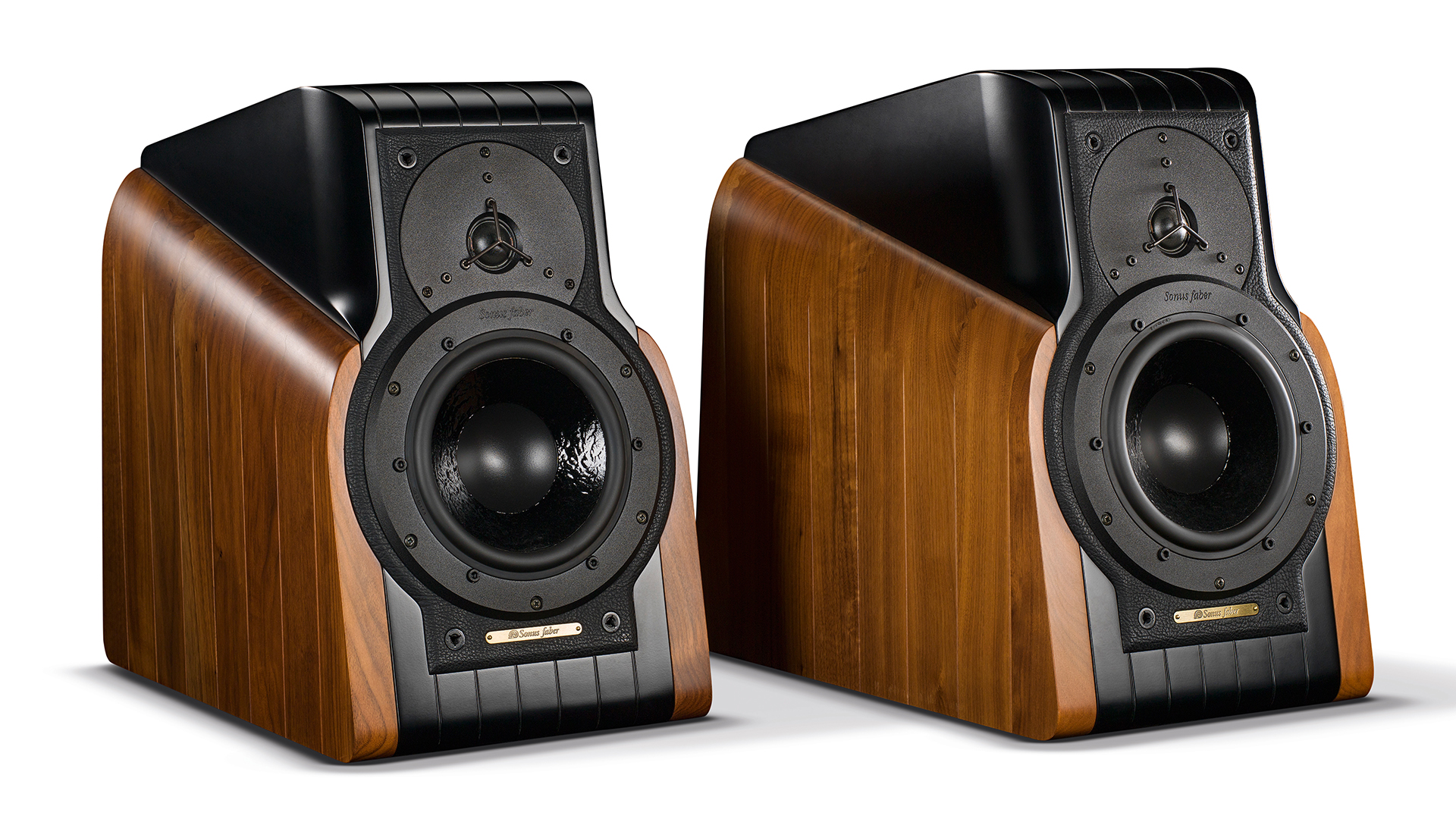
We listen to Hans Zimmer’s Gladiator OST and the Sonus Fabers seem right at home. They deliver a demanding track such as The Battle with real verve, surfing the wide-ranging dynamics skilfully and thumping out the vicious crescendos with control. Yet, despite all the chest-thumping on show, the whole lot is tied together with subtlety and finesse, as shown by the lovely way they render instrumental textures and low-level inflections.
There’s a wonderful sense of top-to-bottom cohesion that would shame many a current high-end speaker, and that goes in hand with seamless integration between the drive units. This is a nicely balanced presentation with an element of well-judged extra richness through the midrange and lower frequencies. Such a presentation adds meat to the bones of the sound, giving instruments and voices palpable presence in our listening room.
Detail levels are pleasing, though outright resolution and distortion levels are areas in which advancements in drive units and cabinet designs have resulted in significant improvements since the Extremas were made. A good modern high-end speaker will simply sound cleaner and clearer, but is it more enjoyable? Now, that’s open to debate. In much the same way that many enjoy driving a classic car more than a modern equivalent, so it is here.
We put on Bjork’s Vulnicura set and revel in the sonic textures and dynamic shading. There’s plenty of punch here, and the Extrema are more than happy to play at high volume. We enjoy the insight and effortless fluidity, not to mention their ability to make listening to music really feel like an all-enveloping experience rather than just a mere activity to pass the time. The Extrema seem to have a little bit of magic baked into their sonic DNA.
Judged by current standards, these speakers could be criticised for a lack of rhythmic drive, and we wouldn’t say no to a better sense of organisation when things get really complicated. Even so, the important thing is that we’re having so much fun and can’t help but keep listening.
The Sonus Faber Extrema are now, at the time of writing, 30 years old. There aren’t many good samples knocking about, and those that are still working aren’t easy to hear. We hope anyone who owns a pair really cherishes them, because they’re pretty much impossible to replace.
MORE:
22 debut speakers from iconic hi-fi brands

Ketan Bharadia is the Technical Editor of What Hi-Fi? He has been reviewing hi-fi, TV and home cinema equipment for almost three decades and has covered thousands of products over that time. Ketan works across the What Hi-Fi? brand including the website and magazine. His background is based in electronic and mechanical engineering.
